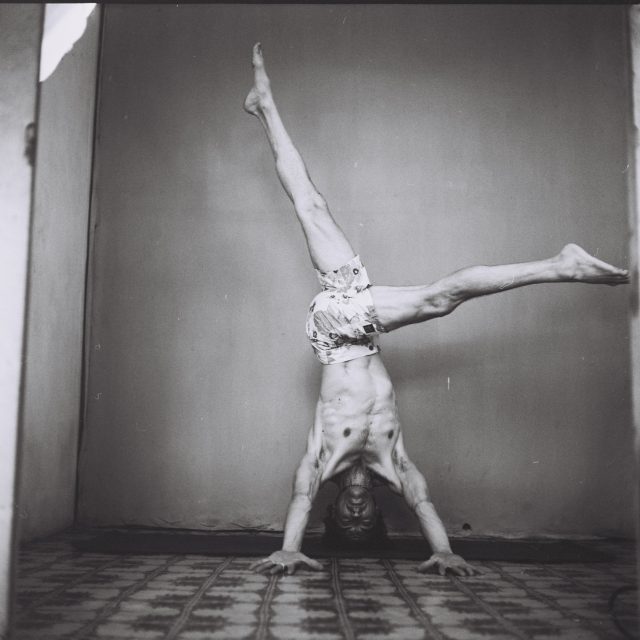
I have always valued activities that can help me to immediately transform my energy or my mood.
For example, I went to Evergreen State College and the grounds surrounding the school were made up of lush, dramatic northwestern Washington forest that extended down a winding trail to the frigid, clear, outlandishly beautiful waters of the Puget Sound.
Frequently my friend Taylor and I would run full speed down the trail and plunge into those cold, pristine waters.
We found this to be a highly effective, instantaneous means of shaking off all manner of lethargy, anxiety, or any other afflicted state. Taylor called it, “breaking the ice of your mind.”
Taking the plunge literally shocked you back into being here now and reclaiming your personal power through appreciating this very moment. This was before I had taken up a formal yoga practice, and yet we still intuitively knew the important meditative truth: it is impossible to be fully present in the here and now and not have a clear head.
In other words, the condition of being muddleheaded is a result of being absent—you are caught in a fantasy and that takes you out of the power that this moment holds.
And that is why every serious Hatha yogi has a love and a passion for being upside down in a posture.
Going upside down has the same instantaneous transformative effect as taking a dip in icy cold waters. Invert and soon you will arrive in the present moment, and thus can reassert the innate, undeniable power of authentic self. Go upside down and you will gladly drop your worrisome, debilitating concerns—these fantasies of the past or future will, at least temporarily, scatter and vanish.
This is why sirsasana (headstand) and sarvangasana (shoulderstand) are known, respectively, as the king and queen of all asanas. Among yoga postures (that are said to be too many to count), inversions do a benevolently uncanny job of waking you up—body and soul—to this immediate moment.
Let’s explore what is an inversion. It is really this simple—any posture in which your head is below your heart is an inversion. One reason I point this out is so that you can get clear that there are many basic postures that you likely already do that are inversions—even if you haven’t thought of them as such.
The list includes adho mukha svanasana (downward facing dog posture), padangusthasana (big toe posture), prasarita padottanasana (wide-legged standing forward bend posture), urdhva dhanurasana (upward bow posture), and others. My aim is to show that you can choose to use these postures differently when you think of them in the family of inversions. You can use them to locate and orient yourself inside your own body in this very moment.
And, thus, you can find the true power of consciousness in your asana stance.
~
Author: David Garrigues
Image: Author’s Own, Photo by Amberlie Johnson
Editor: Leah Sugerman
Copy Editor: Sara Kärpänen
Social Editor: Khara-Jade Warren

 Share on bsky
Share on bsky






Read 0 comments and reply